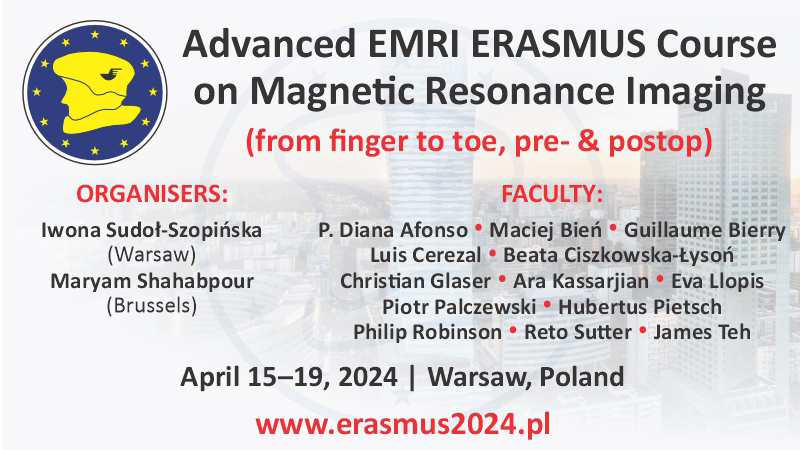Usefulness of high-frequency ultrasound in the monitoring of laser treatment of acne scars
Sylwia Malinowska1, Dominika Jaguś2, Witold Woźniak3, Robert Krzysztof Mlosek2
 Affiliation and address for correspondence
Affiliation and address for correspondenceIntroduction: Acne scarring is considered one of the complications of acne vulgaris. Scarring is an important aesthetic problem for patients; therefore, effective methods for scar removal are sought. In recent years, laser methods for the treatment of acne scarring have become popular as a result of technological development. Monitoring and objective assessment of treatment outcomes are important elements of laser treatment. High-frequency ultrasonography is a diagnostic modality likely to become a common tool used for this purpose. Aim: The aim of this study was to assess the usefulness of high-frequency ultrasonography for the monitoring of laser treatment of acne scarring. Materials and methods: The study group included 7 patients (6 women and 1 man) aged 29–43 years with evident facial acne scarring. Each patient underwent laser treatment with Alma Harmony Er:Yag laser. Ultrasound examinations were performed with high-frequency DermaMed scanner. The following parameters were assessed on ultrasound images: the thickness of epidermis and dermis, the depth and width of scars. We additionally collected photographic documentation and assessed patient satisfaction with treatment outcomes. Results: The analysis of our findings showed statistically significant changes in the thickness of the epidermis and the depth of scars. No statistically significant results were obtained for the thickness of the dermis and the extent (width) of scars. The patients rated treatment outcomes as good. Conclusions: High-frequency ultrasonography is a useful method for the monitoring of laser treatment of acne scarring.






